Though the gallery itself is the subject of the exhibition, the content of the drawings address a larger question about architectural representation: "What is it that an architectural drawing does and how does it do it?" This question was prompted by what Storefront identified as a concerning preponderance of new representational clichés that serve only to obfuscate architecture with a variety of utopian — or, at the very least, idyllic — embellishments. These crutches can be found on every blog and in every magazine; they include images of birds soaring through impossibly beautiful skies, children running with balloons, and mysterious patches of "green" that presumably represent the anticipated development of an architecturally-perfect plant. Storefront plastered their interior with these carefully manicured renderings in a chaotic interpretation of the "Post No Bills" wheatpaste aesthetic prevalent in New York City — an appropriate gesture considering that, like the posters adorning the city's scaffolding, these trope-filled images are little more than advertisements. With drawings covering even the gallery floor, visitors literally walk all over them.
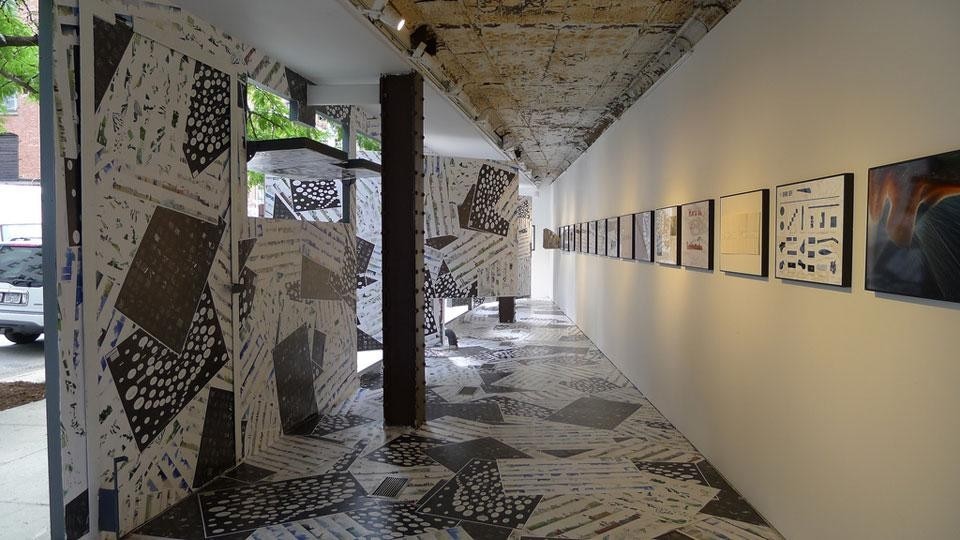
The iconic rotating panels proved an irresistible lure for many of the invited artists. Jimenez Lai's storefront back of house, drawn in his characteristic comic style, is, even as a single piece, more interesting than Bjarke Ingels's superficial appropriation of the comics aesthetic, Yes is More (Speech bubbles, it should be mentioned, are another of the New Tropes). But Lai's comic is silent. The panels of the gallery façade are transformed into the panels of a comic that tell a story of hidden treasure in Storefront's rarely visited basement archive.
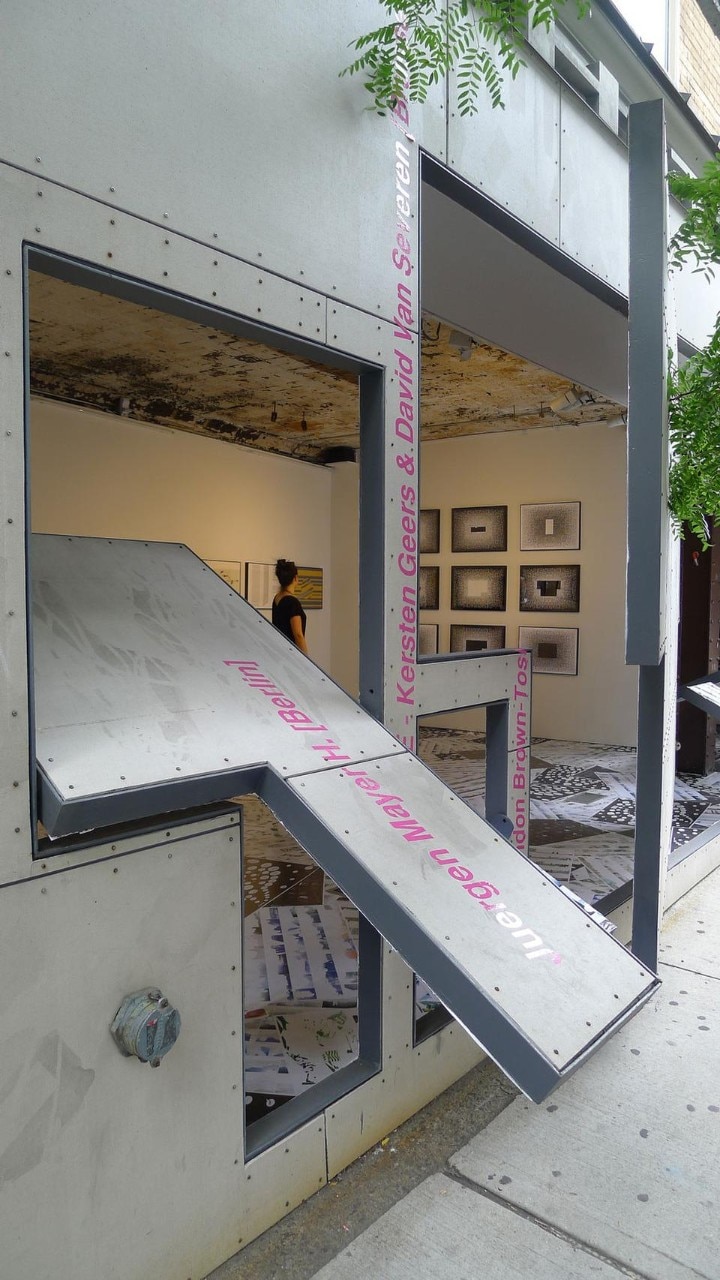
Aesthetics/Anesthetics proves that renderings can — and perhaps should — be operative. They could potentially communicate more complex ideas. Perhaps they can even encourage the creation of a new architecture
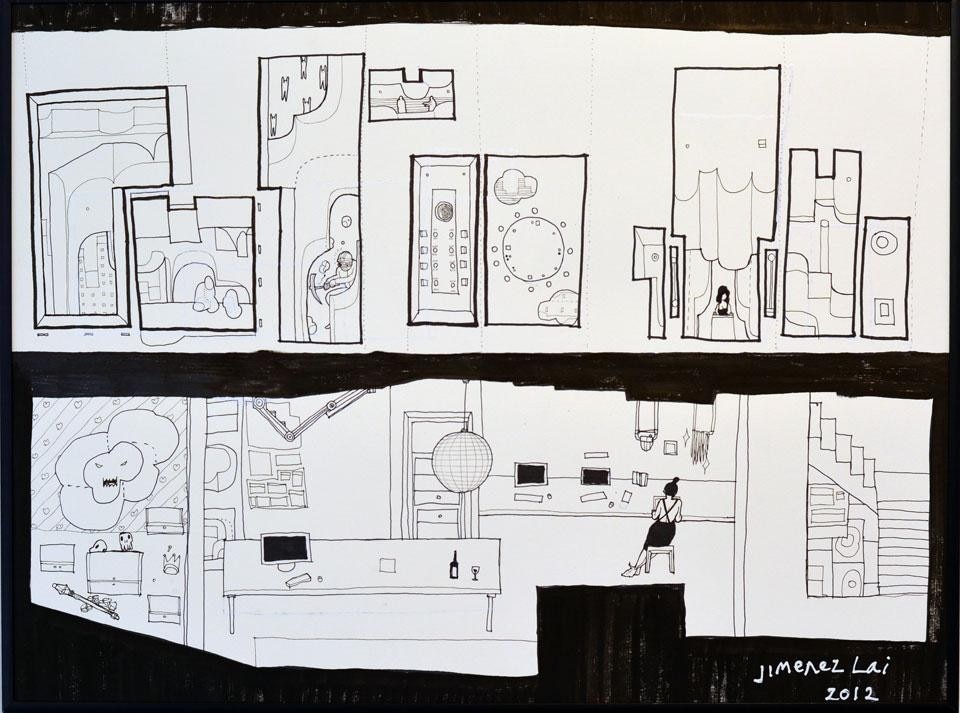
In a room collecting such radically subjective representations of a single space, these Google-influenced portrayals are especially poignant. Today, meaning, like understanding, is born through repetition. And for better or worse Google's images are shaping public perception of the built environment as it becomes increasingly easy to upload, share, and aggregate digital images. It's right that they should be subverted or challenged because the Google image matrix is becoming as dangerous a trope as any bird, child, or speech bubble.
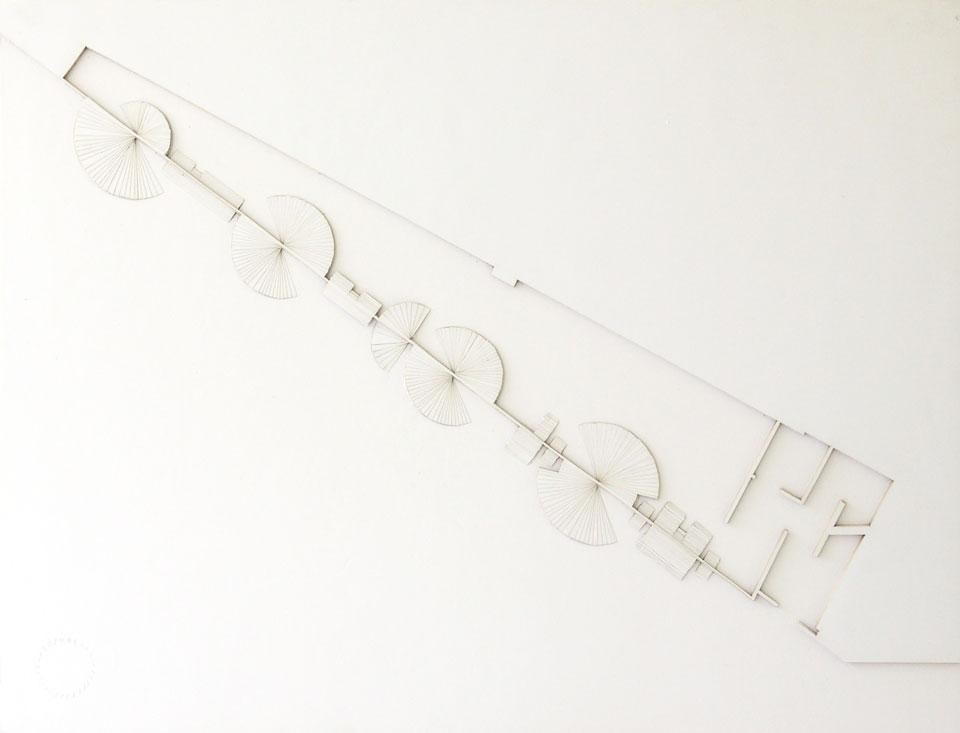
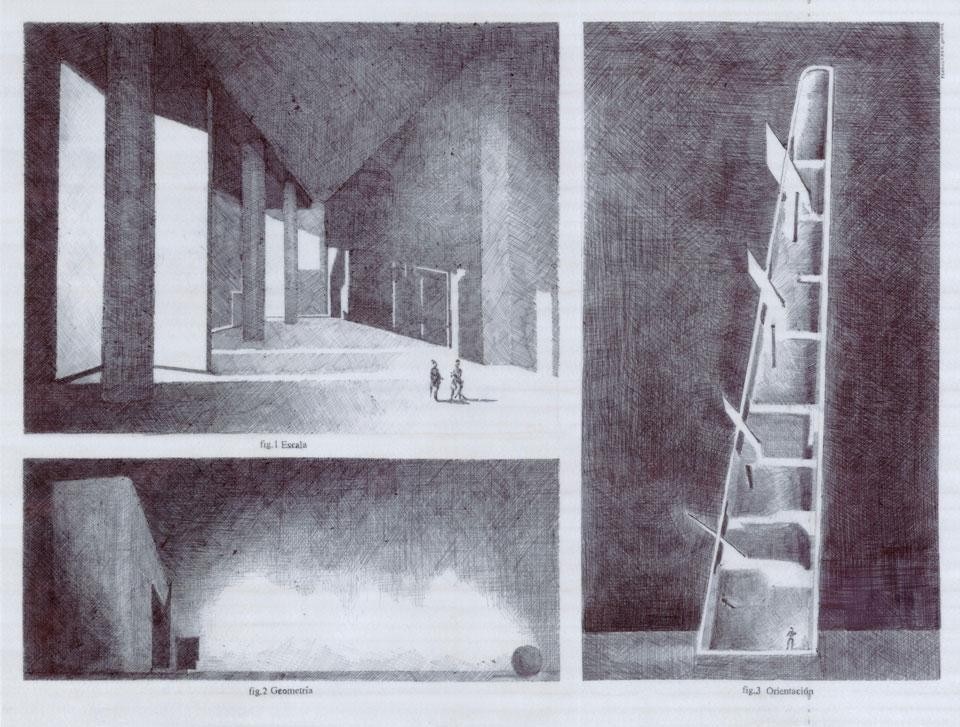
Aesthetics/Anesthetics will be on exhibit until 28 July 2012. At its conclusion, the thirty works of art will be auctioned off, with prices starting at $300. All proceeds will be put toward Storefront's programs and exhibitions. Jimmy Stamp (@lifesansbldgs) writes about architecture from New Haven, CT.
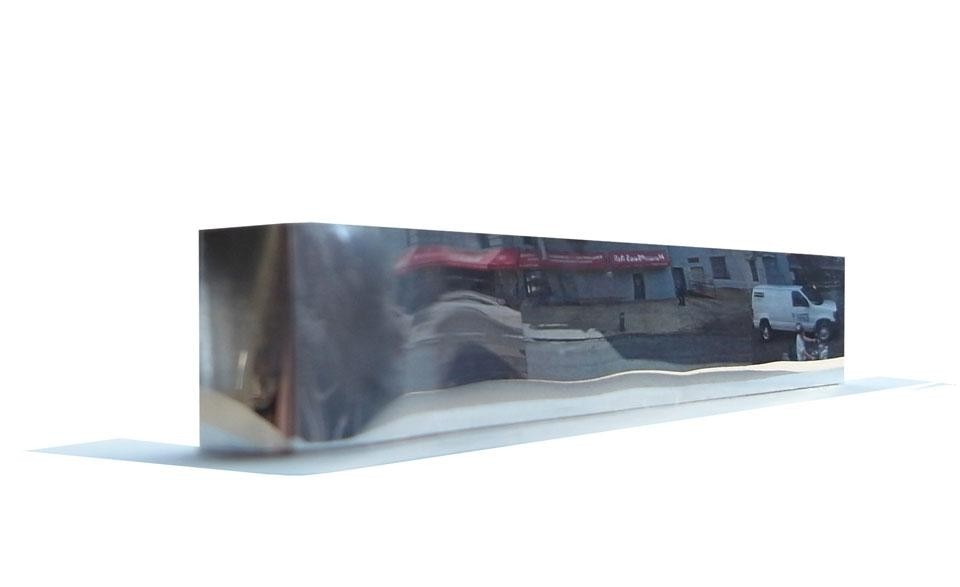
Aesthetics/Anesthetics
Storefront for Art and Architecture
97 Kenmare Street, New York
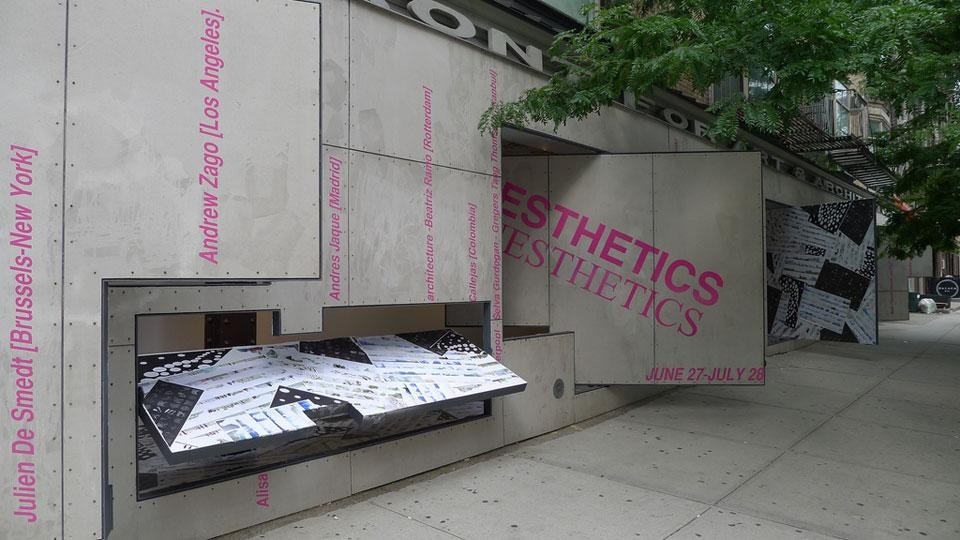

A Brutalist masterpiece frames the novelty signed 24Bottles
Giancarlo De Carlo's Collegi in Urbino is hosting a campaign for a signature product of 24Bottles: the brand's first titanium bottle, designed under the banner of essentiality.


